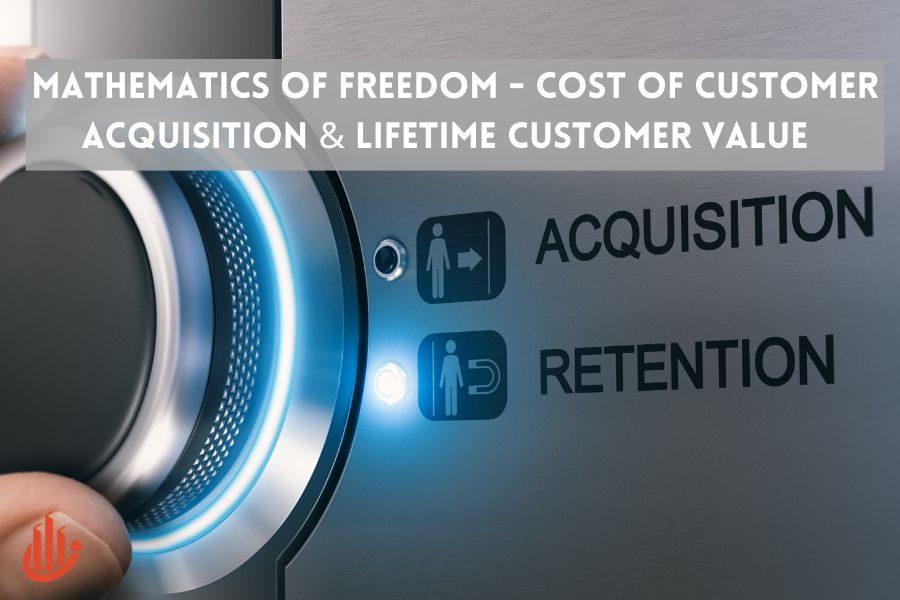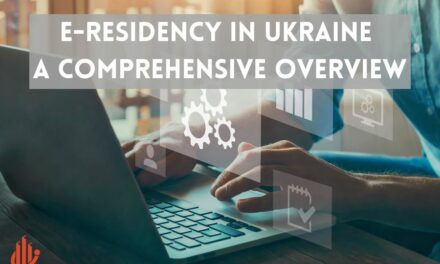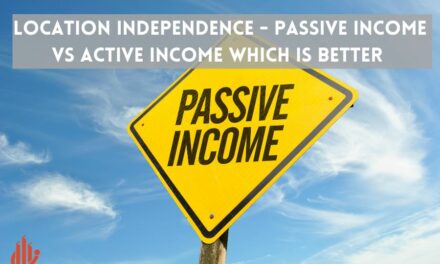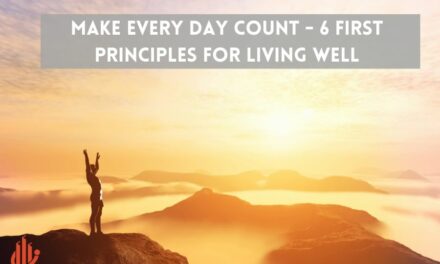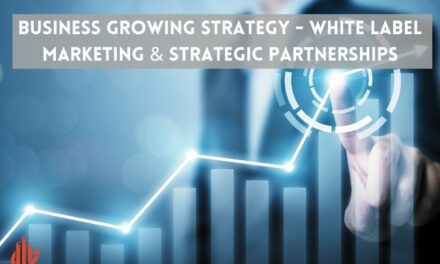When embarking on the journey of generating an online income that provides freedom from traditional employment and allows for location independence, the concept may initially seem elusive. It can appear as though it involves some sort of mysterious sorcery, and deciphering it into concrete formulas and guidelines can feel like an insurmountable task. I personally experienced this confusion in the beginning.
This confusion largely stems from the fact that many books and online resources discussing lifestyle businesses and location independent income intentionally lack specificity.
They are eager to promote the dream, often with the intention of selling you a course, but fail to provide detailed explanations of how it all actually works. (It is worth noting that a lack of specifics prior to a purchase request is a common characteristic of internet scams).
The truth is, your ability to establish a successful location independent business, or any business for that matter, ultimately relies on a few key numbers.
If you comprehend these numbers – what they represent and how to manipulate them – you will be able to create a profitable income. Conversely, without this understanding, you will continually struggle and be unable to comprehend the reasons behind your failures.
Today, I would like to direct your attention to two crucial numbers: customer lifetime value and customer acquisition cost. These two figures play an indispensable role in ensuring the profitability of any venture.
Breaking Down the Cost of Customer Acquisition – How Much It Costs to Buy a Sale
If you are familiar with Tim’s breakdown in “Four Hour Work Week,” you may recall his explanation of calculating product profit and determining how much you can allocate towards advertising.
Here’s a brief summary:
Let’s say you are selling an e-book for $20, and since it is a digital product, there are no production or shipping costs associated with each unit. Therefore, for simplicity’s sake, let’s consider every sale as a $20 profit.
To achieve a monthly income of $4000 from your e-book, you would need to sell 200 copies per month ($20 x 200), assuming all your website traffic is generated organically without any advertising costs.
While this is possible, it would require a significant amount of time and effort to build a website that generates substantial free traffic. It’s important to note that time has value, even if it is not monetarily accounted for. As a guideline, when starting out, consider valuing your time based on the income you could earn from the highest-paying part-time job available.
In reality, it is more likely that you will need to invest in advertising. Tim recommends using Google Adwords, but you can also explore pay-per-click options on platforms like Face-book, LinkedIn, and Reddit.
Now, there will be a cost involved in your marketing efforts.
The Cost of a Sale
Let’s assume you are paying 25 cents per click for traffic. With a $1 budget, you can expect to receive 4 visitors. Therefore, if you spend $100, you can obtain 400 visitors, which is a decent result. However, the problem arises when only 1 out of 100 visitors actually buys your e-book. In this case, you end up losing money because you are spending $25 to make a $20 sale.
The conversion rate, which refers to the percentage of visitors who make a purchase, plays a crucial role in this scenario. In this situation, the conversion rate is just 1%.
To make your business profitable, you have a few options:
- Boost your conversion rate.
- Find cheaper traffic sources.
- Increase the price of your e-book and hope that the sales volume remains sufficient for profitability.
In other words, you need to either reduce the cost of acquiring customers or increase the revenue generated from each sale.
For instance, if you manage to double your conversion rate to 2%, while still paying 25 cents per click, you will then spend only $12.50 to sell your $20 e-book. Suddenly, you become profitable, making $7.50 in profit per sale.
To reach a monthly income of $4,000, you would need to achieve a total of 534 e-book sales.
To calculate the amount of traffic you require, given a conversion rate of 2%, you would need 50 times 534, which equals 26,700 visitors per month.
However, this situation is far from ideal. Your advertising expenses would amount to $6675 per month, while generating $10,680 in sales, resulting in a profit of just over $4000. Although you are making money, your efficiency is not optimal.
At this point, it would be wise to focus on further increasing your conversion rate. If you can raise it to 4%, you would only spend $3337.50 on advertising to achieve the same number of sales. This would mean that the cost of acquiring each customer becomes just $6.25, resulting in a profit of $13.75 per sale. Consequently, you would now be making $7342.50 in profit each month.
To achieve your desired income of $4000 per month, you would only need to generate 291 sales, spending $1818.75 in the process, resulting in a total of $5820 in sales.
Keep in mind that as your volume increases, your profitability may decrease as you rely on less targeted traffic sources. This is why it is easier to have a high conversion rate and low customer acquisition costs when targeting a highly specific niche market.
The Secret Sauce – Customer Lifetime Value
It is crucial to understand that the majority of online businesses do not generate significant profits from the initial purchase made by a new customer. The real profit comes after the first purchase, when satisfied customers continue to buy additional products from the same company. This realization can have a transformative impact on your business strategy, as it means you don’t necessarily need to make a profit from the first $20 e-book sale.
Let’s imagine that you are paying $25 to sell each copy of your $20 e-book, resulting in a apparent loss of $5 per sale. However, what if you have a high-value $200 advanced video course that is exclusively offered to those who have purchased your e-book? Assuming the video course is 100% digital, the $200 becomes pure profit.
Now, let’s assume that 1 out of every 20 buyers of your e-book goes on to purchase your video course, resulting in a 5% conversion rate from your pool of e-book buyers. Here is the breakdown:
- 20 customers acquired at $25 each, paying for your $20 e-book, results in a total expenditure of $500 and $400 in revenue. At this point, you are -$100.
- However, if one of those 20 customers then buys your $200 advanced course, you make -$100 + $200, bringing your total profit to $100.
While these numbers may not be ideal, and it is certainly desirable to generate profits from the first product as well, the key point to remember is that it’s not just about the initial sale.
Selling to Existing Customers Vs Selling to New Customers
The profitability of any business lies in selling more to existing customers rather than acquiring new ones. It is easier and more cost-effective to upsell to someone who has already purchased from you and had a positive experience.
To maximize your business’s success, it is crucial to understand the lifetime value of each customer you acquire. This value represents the long-term worth over many years.
Let’s assume that the average lifetime customer value is $300. While some customers may only buy a $20 e-book, a small percentage will invest in your advanced courses, personalized coaching programs, and other offerings. The average value across all customers is $300.
Understanding this concept is powerful because it allows you to exceed the goal of acquiring customers for less than $20 to turn a profit. For instance, you could spend up to $150 per customer to sell the initial $20 e-book and still make an average profit of $150 per customer over the long run. However, it is important to have sufficient cash reserves to cover the initial cost of acquiring customers until they generate $150 in revenue, which is why knowing the average time it takes for customers to reach this threshold is crucial.
By comprehending your cost of customer acquisition and focusing on customer lifetime value, you can leverage this knowledge to pay more for advertising, surpass your competitors, scale your business, and turn previously unprofitable traffic streams into profitable ones.

